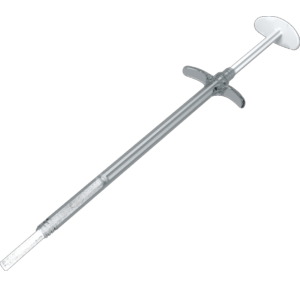| ARTOSS GmbH |

| No Title | 0.28 MB |
| Registration Date | 8 Jan 2019 |
| Revision Date | 8 Jan 2019 |
| Share |
Medicine Dentistry
Bone Substitute GelHydroxyapatite
Ca5(PO4)3(OH) Nanoparticle /Nanopowder CAS Number : 1306-06-5NanoBone Synthetic Bone Graft is the clinically-proven, cost-effective replacement for all other bone grafting materials. NanoBone incorporates nano-crystalline HA (3 nm x 50 nm) into an amorphous silica gel (ASG). This allows for sequestration of nano sized HA particles at the surgical site while upregulating the bone healing cascade through the influence of silicon
NanoBone is a unique and patented advanced bone grafting material. It incorporates nano-crystalline particles of hydroxyapatite (HA) that are similar in size, chemistry, and morphology to HA particles occurring in human bone. Most synthetic bone graft products use very large particles (1-3 mm) of bioceramic as the basis of their product. Although the body recognizes the chemistry of some of these products, the size is foreign. The body struggles to remodel these large bioceramic particles because they are 100,000 times the size of naturally occurring HA.
To extend the usability of NanoBone, we put the perfect handling of NanoBone SBX Putty in an applicator designed for QD – quick delivery. This easy-to-use device facilitates rapid implantation of our advanced bone graft in a controlled and precise manner. Artoss developed NanoBone QD to provide these benefits in a cost-effective delivery system.
Upon implantation of NanoBone, the ASG begins to be replaced with autologous materials including collagenous proteins, mesenchymal stem cells and other growth factors. The matrix change where ASG is replaced by autologous materials occurs within 14 days of implantation.
NanoBone performs as well as the competing gold standards for bone grafting, with lower risks than autograft and at a lower price than BMP or stem cell containing products. It is designed to be used as a standalone graft and does not require the addition of autograft, blood, or bone marrow aspirate. It has been used successfully in Europe for ten years in approaching 400,000 cases.